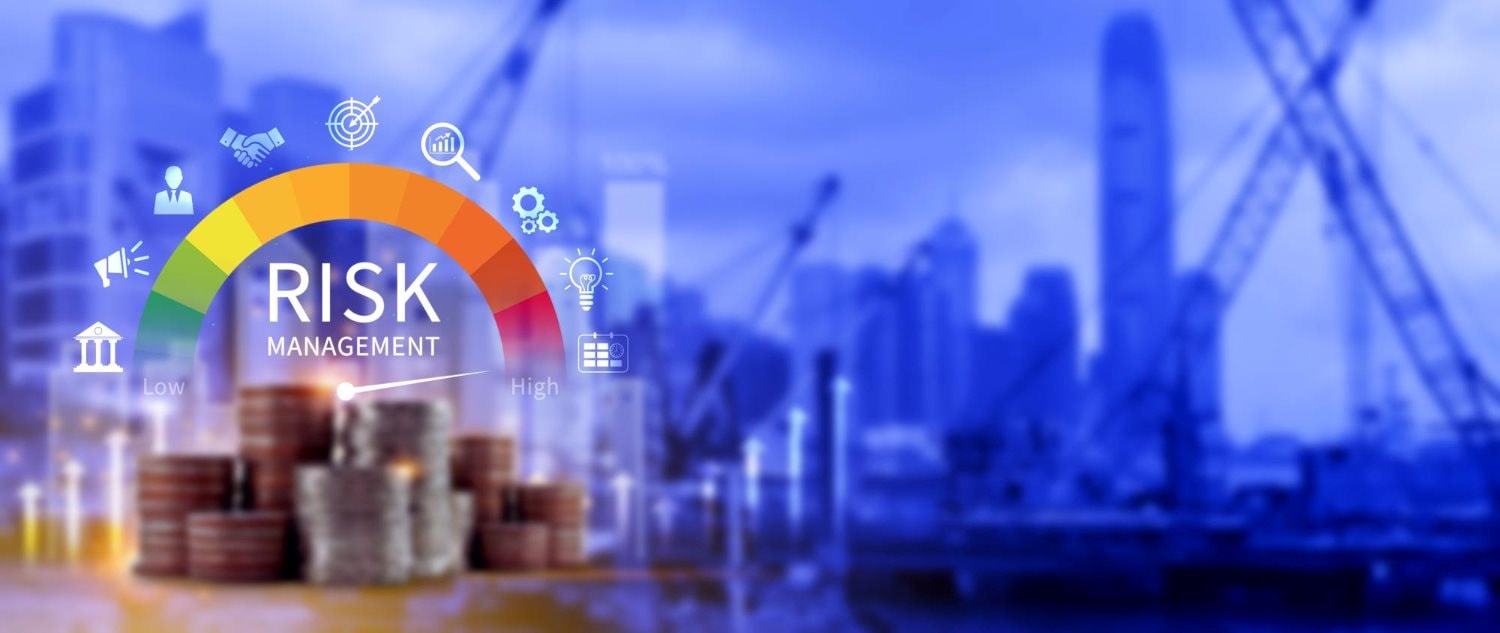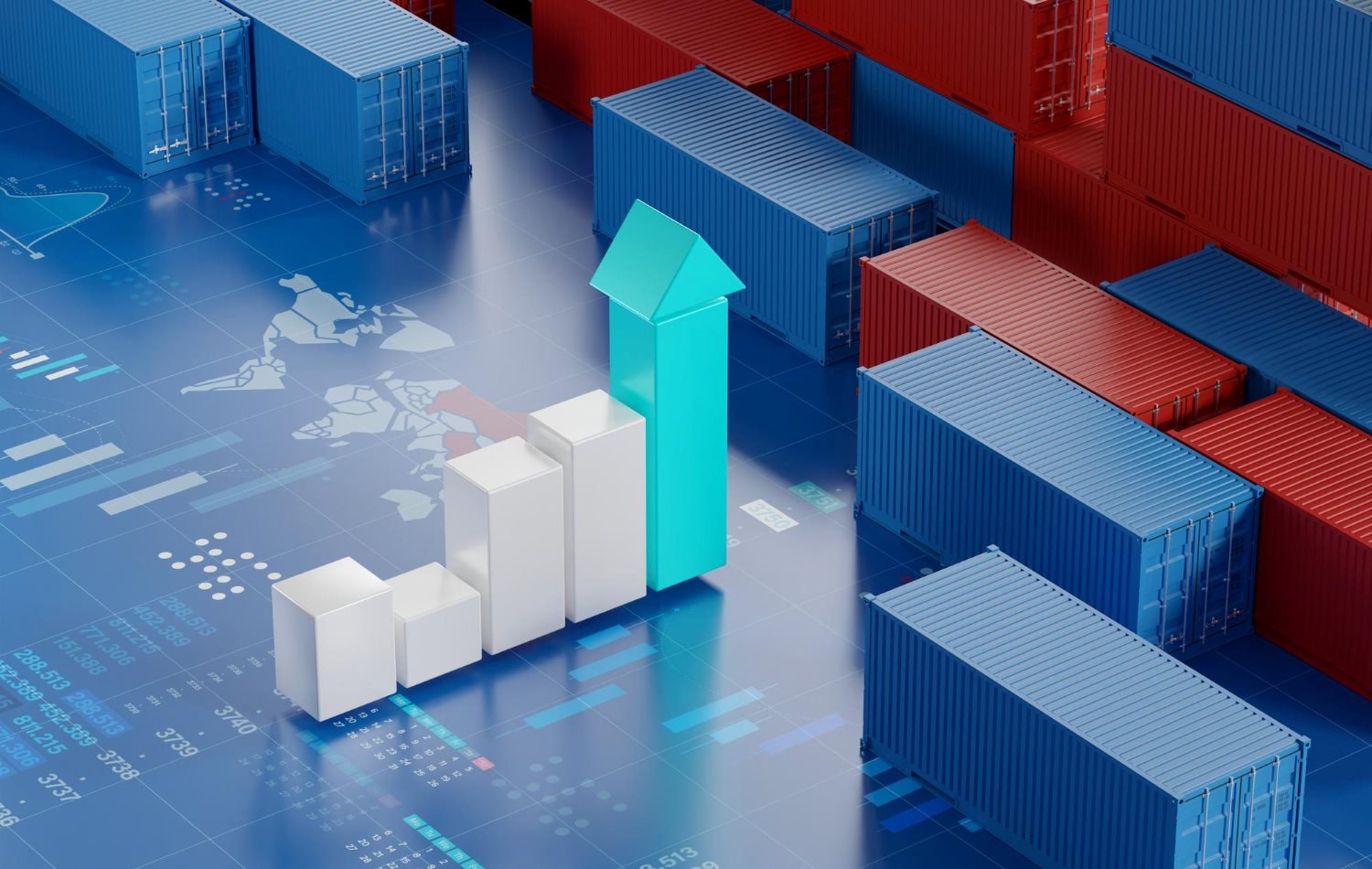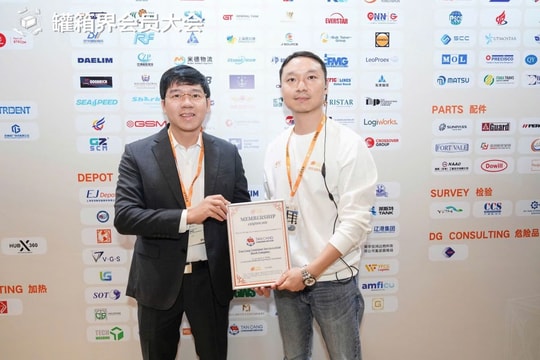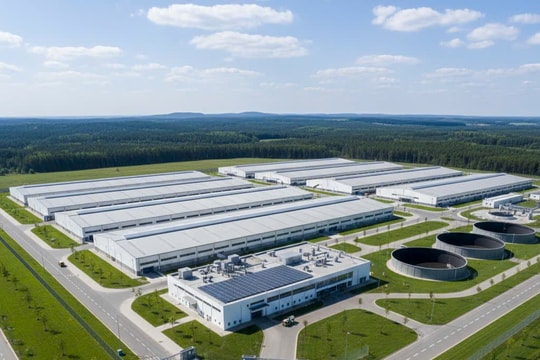Identifying and Categorizing Risks
Modern supply chains are exposed to a wider and more complex range of risks than ever before. In addition to internal risks such as operational failures, IT system errors, or workforce shortages, businesses must contend with external risks like natural disasters, market fluctuations, regulatory changes, and cybersecurity threats. For example, cyberattacks targeting supply chain management systems can disrupt operations and cause substantial financial losses.
To identify risks effectively, businesses need to build a comprehensive monitoring system that combines real-time data with predictive analytics. Tools like SWOT analysis, risk maps, and forecasting models help companies detect weak points in the supply chain and develop suitable risk mitigation strategies.
Risk Assessment and Management Methods
Risk assessment goes beyond listing potential threats; it involves evaluating the likelihood and impact of each risk. Companies must prepare different response scenarios—from minor incidents to major disasters—to ensure resilience and uninterrupted operations.

An effective method is to adopt a "Just in Case" model instead of "Just in Time," maintaining a level of safety stock for emergency situations. Additionally, establishing Key Risk Indicators (KRIs) and integrating them into performance management systems allows companies to monitor and evaluate risks continuously.
Supply chain risk management is no longer optional but a necessary requirement in today’s business environment. Implementing effective risk management strategies enables companies not only to mitigate incident impacts but also to enhance resilience and competitiveness in the global market.
Technology in Risk Management
Technology plays a crucial role in enhancing the ability to predict and respond to supply chain risks. Deploying supply chain management (SCM) systems integrated with artificial intelligence (AI) and machine learning allows companies to analyze big data to anticipate potential incidents and make timely decisions.

Blockchain technology is also used to improve transparency and traceability in supply chains, minimizing fraud and error risks. Internet of Things (IoT) sensors monitor equipment operating conditions and storage environments, enabling early detection of anomalies and prevention of incidents before they occur.
Integrating digital technology and AI into supply chain risk management delivers accurate forecasting and swift responses to disruptions. AI helps companies analyze big data, identify hidden risks early, and make timely decisions, thereby improving operational efficiency and minimizing losses.
Case Study: Successful Risk Response
A notable example of effective risk management is the electronics manufacturer Jabil. Faced with risks such as market volatility and supply chain disruptions, Jabil deployed data analytics tools and closely collaborated with suppliers to predict and respond to potential incidents. As a result, the company maintained uninterrupted production and promptly met customer demand.
Additionally, Jabil invested heavily in digital technologies to improve demand forecasting and inventory management. Building strategic partnerships with suppliers and logistics providers further enabled Jabil to enhance coordination and respond quickly to emergencies.
“We have found that applying advanced technologies like AI and big data analytics in supply chain management not only improves risk prediction accuracy but also enhances our ability to respond to unexpected disruptions. This is especially critical in today’s increasingly complex and fragile global supply chains.” — Mark Manduca, Chief Investment Officer, GXO Logistics
- Source: Inbound Logistics
Strategies for Building a Secure Supply Chain
To build a secure and sustainable supply chain, companies should implement the following strategies:
First, diversify supply sources to reduce dependency on a single supplier. Establishing relationships with multiple suppliers across different regions provides flexibility in adjusting supply as needed.
Second, develop contingency plans and response scenarios for emergencies. Identifying potential risks and creating appropriate response strategies help minimize negative impacts.
Third, invest in technology to enhance monitoring and data analysis capabilities. Advanced technologies like AI, machine learning, and big data analytics allow companies to forecast demand, optimize inventory, and streamline transportation, thereby increasing efficiency and reducing risk.

Fourth, train employees in risk identification and management. Ensuring that the workforce is equipped with the necessary skills and knowledge is vital for effectively operating and managing the supply chain in all scenarios.
Conclusion
Supply chain risk management is no longer a preventive option but a mandatory requirement in modern enterprise strategy. In a world where disruptions can occur at any time—from natural disasters and pandemics to technological or geopolitical issues—proactively identifying, assessing, and responding to risks helps companies protect the flow of goods while strengthening trust among customers and partners.
Enterprises that lead in investing in technology, building strategic partnerships, developing contingency plans, and training risk management professionals will have a significant advantage in maintaining operational stability and resilience. Supply chains are no longer just operational systems; they are dynamic ecosystems where each swift and flexible decision can determine an organization's competitive edge and long-term survival.
Only by shifting from reactive to proactive thinking and integrating risk management at all levels of operation can companies truly create resilient supply chains—ready to adapt to any disruption and thrive in an increasingly uncertain business environment.


.jpg)

.jpg)


.jpg)
.png)
.png)
.png)


.png)
.png)






.png)

